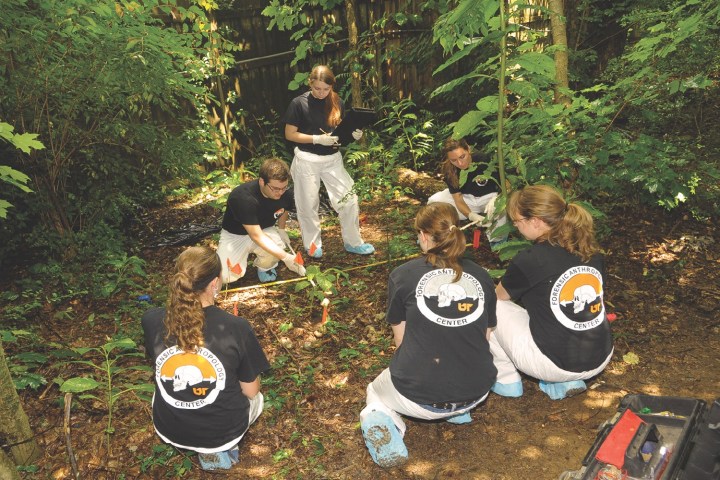
Lidar, the radar-style detection system which works by bouncing laser light, is most commonly associated with self-driving cars. However, it may have another useful, albeit morbid, application: Helping find bodies which have been buried in unmarked graves.
Sound like something out of an episode of CSI? In fact, it’s a new piece of research coming out of Tennessee’s Oak Ridge National Laboratory, where scientists have been investigating how lidar could be used a forensics tool to find missing murder victims — potentially even from an aircraft.
“Missing persons investigations pose a significant societal challenge, as well as a time-sensitive technological challenge,” Dr. Katie Corcoran, one of the researchers on the project, told Digital Trends. “Of the millions of missing persons worldwide who are unaccounted for, some are thought to be deceased and buried in unmarked graves. A gravesite can go unnoticed because of natural processes, where the site becomes covered with grass or leaves, for instance. Or the site could have been deliberately masked by a perpetrator trying to hide the body. In either case, the longer the gravesite goes unnoticed, the more difficult it is to locate.”
In the Oak Ridge researchers’ experiment, they used lidar to scan an area containing three human graves of various sizes (containing the buried corpses of individuals who had donated their bodies for research), alongside one control pit and surrounding undisturbed ground. They then compared the rates of surface elevation change, based on the data collected from each scan. This was done one day after the burial, four months after the burial, and 21 months after.
What they discovered was that the most obvious surface elevation changes are observed immediately after a grave is created, when it takes the form of loosened soil. However, these changes persist as the surface loses elevation during the period of body decomposition and soil settling. Although they may not be noticeable by the human eye, the changing ground elevations could nonetheless help narrow sites which could then be further examined by forensics crews.
“Our approach is intended to augment the grave discovery process, which may include other established methods such as pedestrian surveys, soil probing, and sampling, or ground-penetrating radar (GPR),” Corcoran continued. “Lidar is advantageous in that the visual results are more intuitive than GPR, a method commonly used for grave detection but notoriously difficult to interpret.”
A paper describing the work was recently published in the journal Forensic Science International.
Editors' Recommendations
- This self-driving racing car could have done with a driver
- New Apple self-driving car patent could turn Siri into your personal chauffeur
- How Cruise builds digital maps for its self-driving cars
- In the future, hackers could cause traffic chaos by stalling self-driving cars
- Ford’s latest acquisition will help boost the development of self-driving cars


